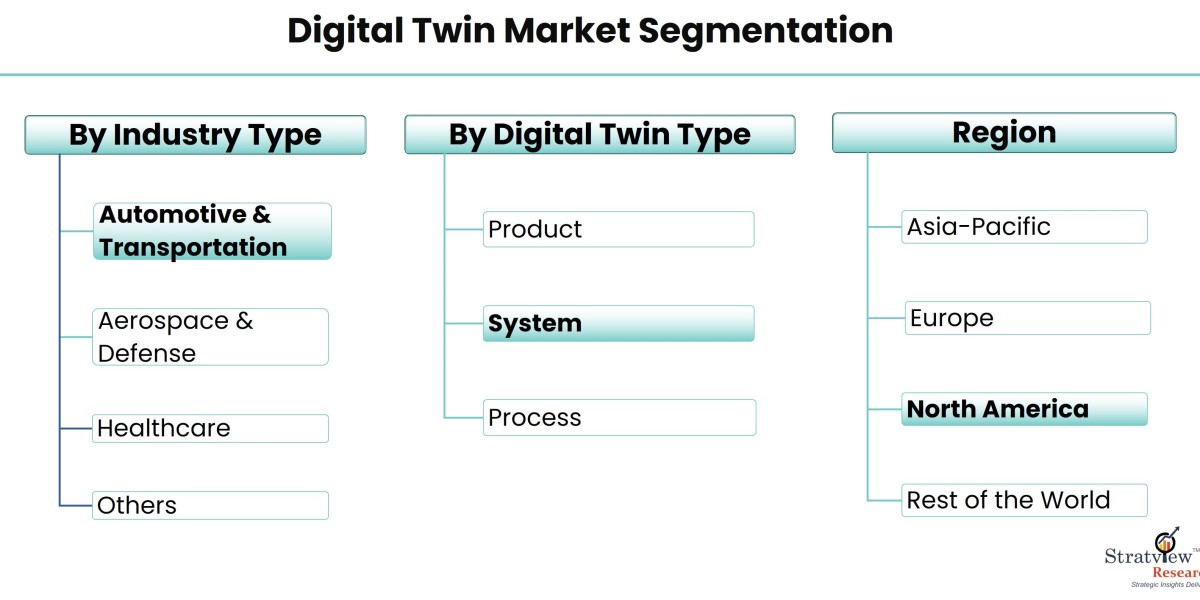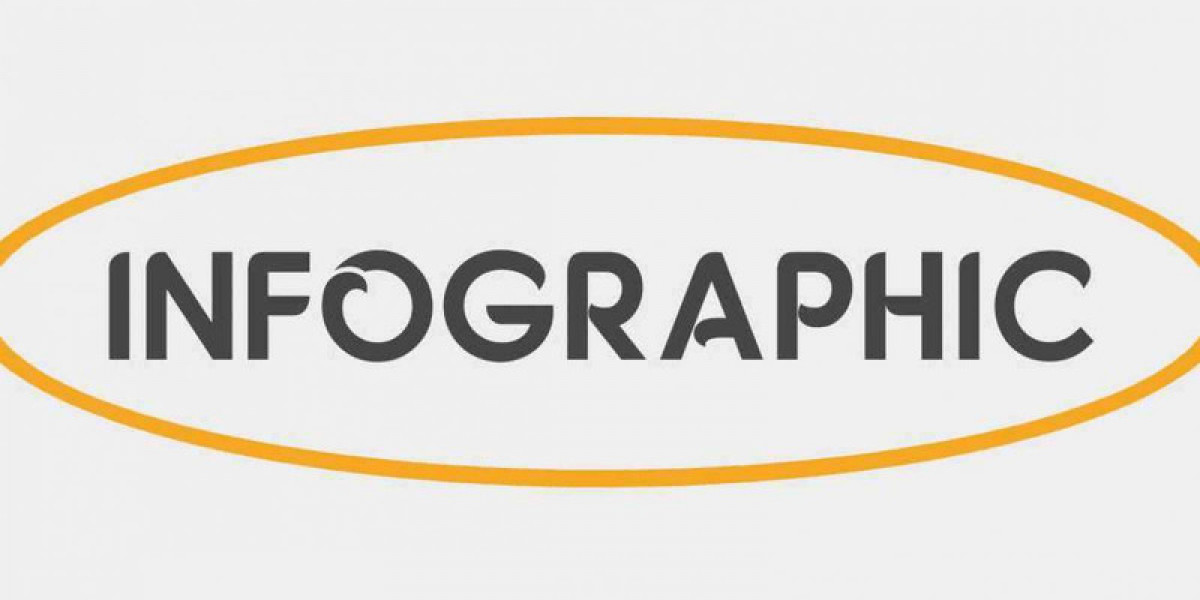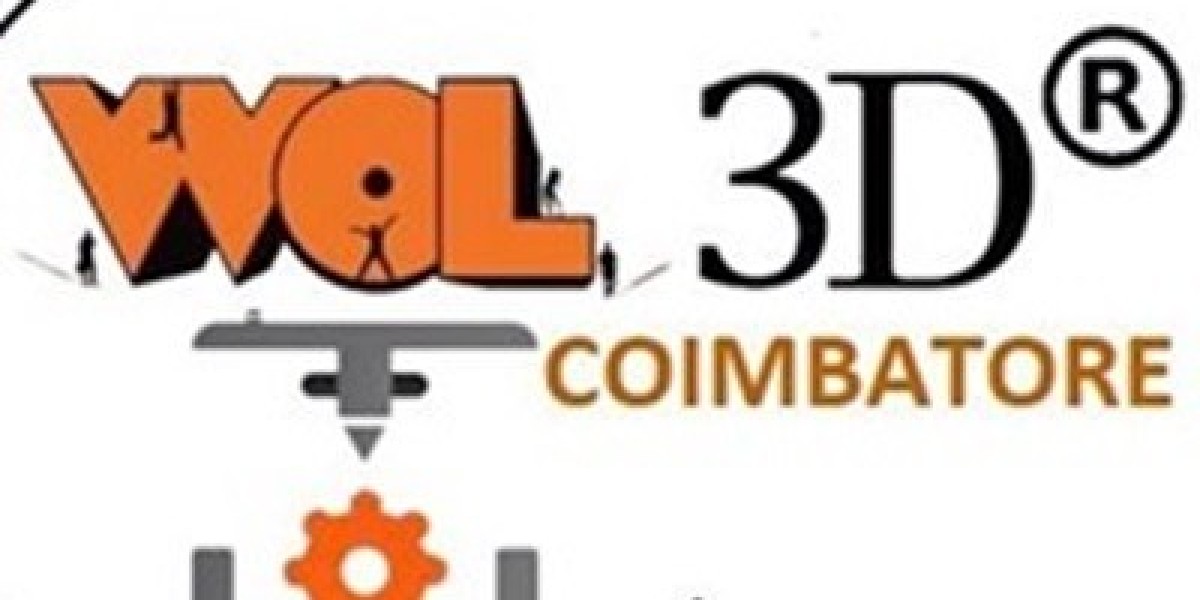The digital twin market is experiencing rapid growth, transforming industries by enabling real-time virtual simulations of physical assets and processes. A digital twin is a digital replica of a physical object, system, or process, which can be used for monitoring, analysis, and optimization. The demand for digital twins is expanding across industries such as manufacturing, healthcare, energy, and smart cities, as companies increasingly recognize the benefits of predictive insights and improved operational efficiency. In this article, we explore the key trends, drivers of growth, and the future outlook for the digital twin market.
According to Stratview Research, the digital twin market was estimated at USD 10.36 billion in 2022 and is likely to grow at a CAGR of 44.01% during 2023-2028 to reach USD 92.44 billion in 2028.
Key Trends in the Digital Twin Market
- Industrial IoT Integration: The integration of digital twin technology with the Industrial Internet of Things (IIoT) is a significant trend driving market expansion. IoT sensors collect real-time data from physical assets, feeding this data into the digital twin, allowing organizations to monitor operations, predict maintenance needs, and enhance decision-making. This trend is particularly prominent in industries like manufacturing, energy, and automotive, where real-time data is crucial for improving operational efficiency.
- Growth of Smart Cities: Urban planners and city governments are leveraging digital twin technology to develop smart cities. By creating digital replicas of infrastructure, transportation systems, and public services, cities can optimize resource allocation, reduce energy consumption, and improve public safety. The growing interest in smart city initiatives is expected to drive significant demand for digital twin solutions in the coming years.
- Healthcare Applications: In the healthcare sector, digital twins are being used to create personalized health models that simulate an individual’s physical condition. This enables doctors to test treatment plans and predict patient outcomes, reducing the risk of complications and improving patient care. The integration of digital twins with AI and machine learning models further enhances predictive capabilities, opening new possibilities in personalized medicine.
Market Growth Drivers
The digital twin market is experiencing substantial growth, driven by several factors. The rising adoption of IoT and IIoT devices is generating vast amounts of data that can be utilized by digital twins. Additionally, advancements in AI, machine learning, and cloud computing are making digital twin technology more accessible and scalable. Companies are increasingly investing in digital twins to reduce operational costs, enhance predictive maintenance, and accelerate product development cycles.
Future Outlook
The future of the digital twin market looks promising, with analysts projecting robust growth over the next decade. As industries continue to embrace data-driven decision-making, the demand for digital twins is expected to rise across sectors. Emerging technologies like 5G, AI, and blockchain will further enhance the capabilities of digital twins, enabling more complex simulations and real-time optimization.
Conclusion
The digital twin market is poised for significant growth, driven by the integration of IoT, AI, and other advanced technologies. With applications across a wide range of industries, digital twins are set to revolutionize the way organizations manage assets, optimize operations, and deliver personalized services. As the technology evolves, the digital twin market will continue to unlock new opportunities for innovation and efficiency.









